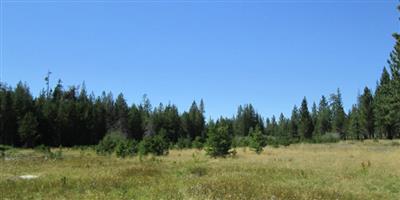BOZEMAN, Mont., March 14, 2016 –The USDA Natural Resources Conservation Service (NRCS) is offering funding to help Montana private landowners reduce the threat of encroaching conifers in sage-grouse habitat areas.
“Conifer encroachment into sagebrush rangelands affects the sustainability and productivity of grazing lands and can be detrimental for sage-grouse and other species that depend on sagebush-steppe habitat,” said Kyle Tackett, NRCS sage-grouse coordinator for Montana. “Private landowners will be able to mitigate these threats by implementing science-based conservation practices.”
Landowners have until April 15, 2016, to apply for funding through the Environmental Quality Incentives Program (EQIP) and April 29, 2016, to meet program eligibility requirements—including the requirement for entities to register their DUNS number in the System for Award Management. While NRCS accepts applications on a continuous basis, the April deadline is for funding available in fiscal year 2016.
This effort is part of the Sage Grouse Initiative, which was launched in 2010 to improve habitat for sage-grouse and improve the sustainability of native rangelands. Past management practices, especially fire suppression, have enabled conifers to encroach into the sagebrush ecosystem, reducing habitat.
The most cost-effective approach for conifer treatment is to target early encroachment stands, where small trees can be completely removed and the existing sagebrush community sustained. This funding opportunity will assist private landowners with targeting early stages of encroachment in intact sagebrush landscapes to improve the habitat for wildlife and the sustainability and productivity of grazing lands.
NRCS is offering funding for the following practices: Brush Management, Critical Area Planting, Woody Residue Treatment, Access Control, Range Planting, and Upland Wildlife Habitat Management.
For more information about EQIP, or other programs offered by NRCS, please contact your local USDA Service Center or visit www.mt.nrcs.usda.gov.
Source: Montana NRCS


